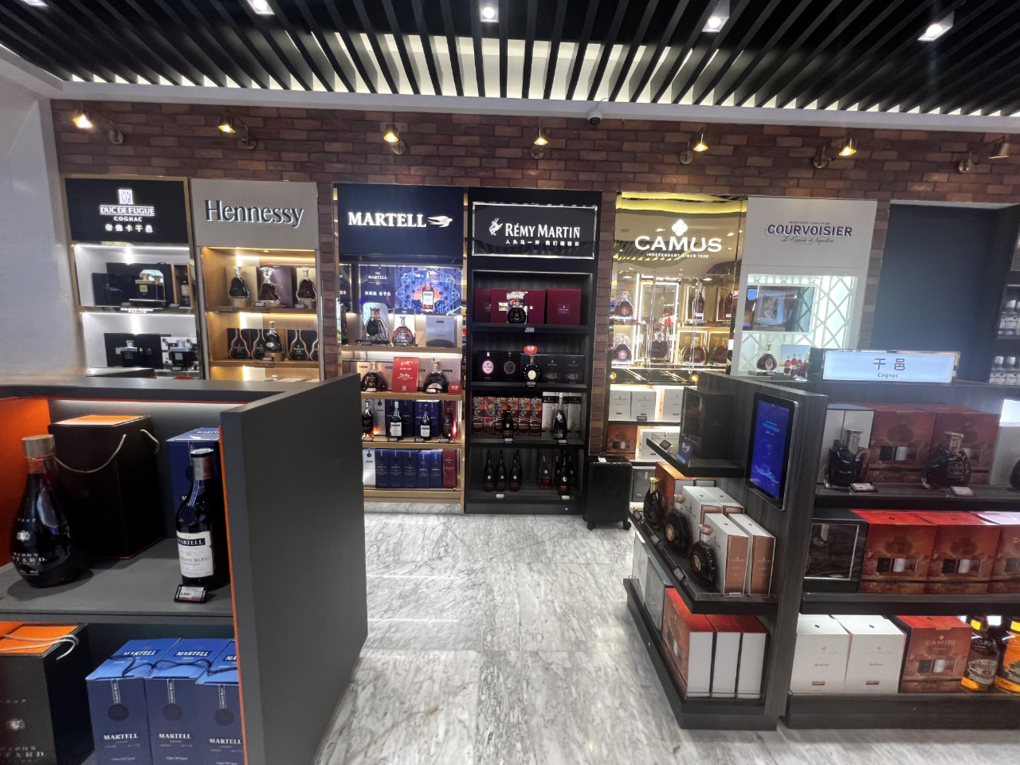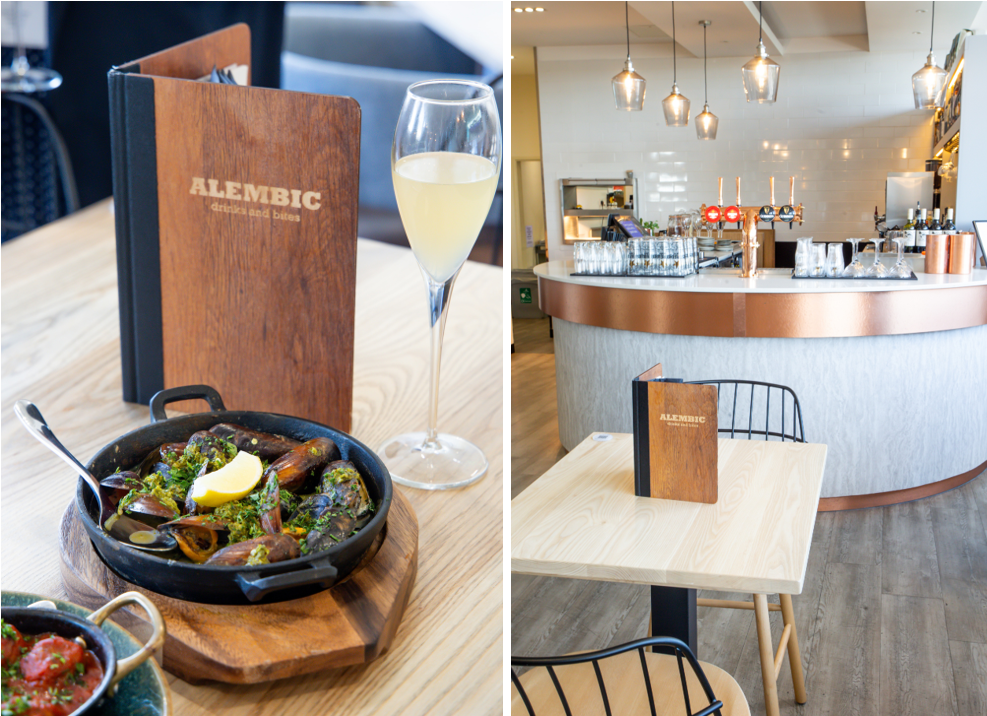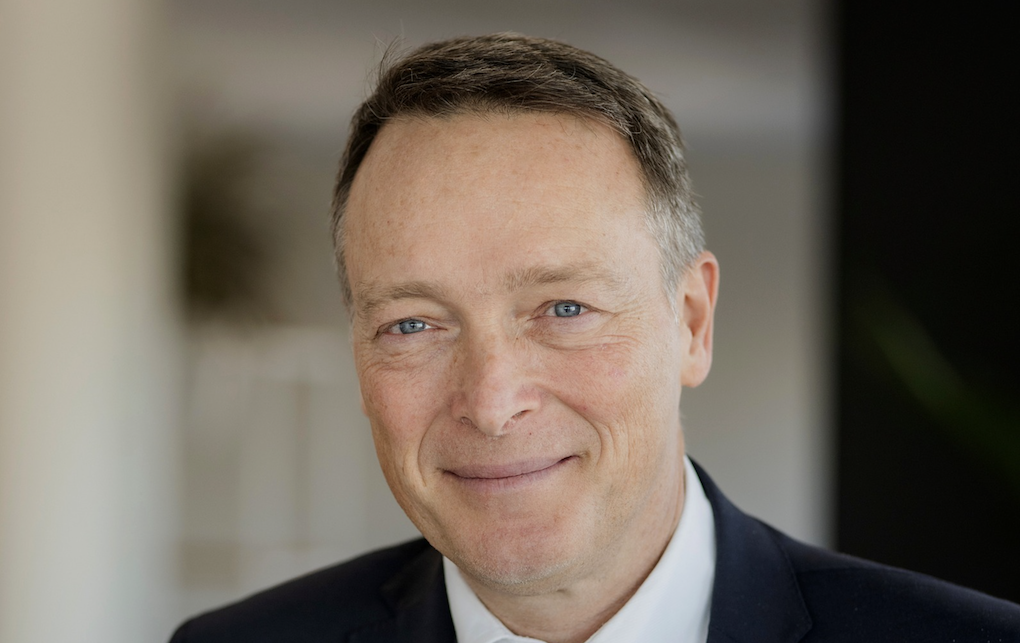Introduction: With 74 production facilities, spirits & wine turnover of €3.4 billion and a 16.8% share of the world market for international “western-style” spirits brands, one could reasonably wonder what’s left to conquer for Pernod Ricard. But seen from the other end of the telescope, with the “premiumisation” trend and an explosion of emerging markets still to come, the group which Patrick Ricard’s father founded has no lack of targets.
At a recent tour of Speyside in Scotland, Patrick Ricard – together with joint managing directors Richard Burrows and Pierre Pringuet, and Chivas Bros chairman and ceo Georges Nectoux – updated journalists on the group’s Scotch whisky business. Indeed a glance at the group’s 11 distillery sites in Speyside and a further nine blending and bottling sites reads like an historic map of Scotland.
The recent visit celebrated a turning point in the history of Pernod Ricard and the introduction of many prestigious brands, including Chivas Regal, Martell, The Glenlivet and Seagram’s Gin.
The company’s spectacular refocusing on the wines and spirits sector over the past year was accompanied by the arrival of 3,600 highly-motivated employees from Seagram, the former owner of these brands. There was also a focussing on Scotch whisky under the Chivas Bros umbrella, with all functions and departments brought together at the London headquarters, alongside the renamed travel retail division, Pernod Ricard World Trade.
Patrick Ricard says the group has been transformed into a 100% focussed wines and spirits company. And he says further acquisitions could be back on the agenda. “At the end of the year our investment grade will be the same as before the Seagram acquisition; although at that time we had non-core businesses to sell,” he notes.
He says all the early targets for Chivas Regal have been met and that its positioning had been strengthened in many markets. “Seagram did allow the price of Chivas to slip down,” Ricard says. “But in all the markets where Chivas was not at the right price, it was fixed.
“It is a mistake to grow for the sake of volumes. We have to achieve a price point that fits all the elements of the marketing mix and consumer perception.”
And the group, with a strong position in all the whisky sub-categories and most of the other spirits sectors is well poised to take advantage of future opportunities.
Chivas Regal delivers up the leading spirits brand in duty free and the leading premium blended Scotch. The group also has Royal Salute in the super-premium segment; Wild Turkey in the US; an impressive presence in the dynamic malts category with Aberlour, The Glenlivet and others; and Bushmills and Jameson in Irish whiskies. Clan Campbell is the market leader standard Scotch in France and other standard and local whiskies feature in important markets, such as Royal Stag (India), Imperial Blue (India), Natu Nobilis (Brazil), Master Blend (Thailand) and Blenders Pride (Argentina).
Meanwhile, recent World Trade Organization (WTO) rulings will gradually affect markets such as India, China and Argentina and open them up for imported products. In China, imported spirits still make up just 1% of the consumption but with very strong growth – there premium Scotch whisky is growing at an annual rate of 19% and premium products represent two-thirds of all Scotch consumed.
In Thailand, following the economic battering of 1999, Pernod’s market is now growing strongly. There, 100 Pipers is the leading imported Scotch and holds a 40% market share selling 1 million cases annually. Meanwhile, locally made spirits help nurture local roots, enabling sales networks to be developed that are able to sustain international brands later. Pernod also has a strong reputation for building goodwill, education and leadership in the on trade with its bar barometers, bar forums and Salons Saveurs in France.
Ricard says the interest in Scotch whiskies and the untapped desire to trade up to premium products is genuine around the world, and is something that Pernod Ricard has researched and made a big investment into.
Scotch whisky has become the group’s number one priority and Pernod clearly has all the bases covered to benefit from organic growth and to introduce more and more drinkers to premium products. The Scotch whisky market is alive and the premium sector is shifting and dynamic, Ricard claims.
George Nectoux likens Chivas Regal to “the sleeping beauty” in the industry, and the group is now planning to awaken it with a particularly idiosyncratic French kiss.
As part of this awakening Chivas Bros has unveiled a €40 million (US$44 million) ad campaign and repositioning exercise which will reach travel retail points of sale this Autumn. In the new positioning, the image of Chivas Regal will focus on the shared enjoyment of the brand, with a sense of confidence and warmth that reflect the continued priority Pernod Ricard places on Chivas.
The brand now has a volume target of 4 million cases, compared to 2.8 million in 2002. The stated objective is to target leadership in the Scotch category of 12 years old and above, and that means taking on perennial rival, Johnnie Walker Black Label.
Chivas is following its consumer base upwards in terms of positioning and downwards in terms of age profile. Lifestyle is now more important than the age or straight wealth of the consumer in terms of market positioning. The simplicity of the Chivas Regal proposition, as the leading blended Scotch, also goes some way to countering “market clutter”. To some extent over the past year, retailers have been trimming down from an exhaustive list of finishes and aged products to focus more on key brands.
Talking about the duty free sales channel, Patrick Ricard admits the first three months of 2003 had been “not good”. The effects of the SARS virus and related travel downturn had still not had a full effect on the supply chain.
Elsewhere, plans to strengthen distribution in the US, publicised prior to the Seagram takeover, had been successful. Distributors have now been consolidated into a single wholesaler, state-by-state structure in the US, wherever that has been legally possible. “The Diageo reorganisation created some opportunities for us in the US,” says Ricard.
“ON THE RECORD: “PERNOD RICARD TODAY IS NOT THE SAME AS RICARD WAS. IT IS A BIG BUSINESS, BUT WITH A PERSONAL TOUCH.” – PATRICK RICARD
Clearly French investors are happy to have a top company in the global wines and spirits business and a chairman with the popularist touch. Pernod Ricard has consistently outperformed the French CAC share index for several years. The group is also held up as an example of good corporate governance for the way it has implemented the retirement and relocation plan for the halving of staff numbers to 140 at Martell, following its acquisition from Seagram.
“There has been a delay because of the authorities,” says Ricard. “But we are bending over backwards to help staff. We have done things the right way.” The fact that mass redundancies in the heart of Cognac have not attracted the anger of the French press is no small achievement, considering the treatment of other employers such as Marks & Spencer recently. Moreover Pernod Ricard is investing in Martell too and is planning a brand repositioning exercise similar to the Chivas Regal relaunch.
In his role as chairman of the FEVS (French Federation of Wine & Spirit Exporters, Ricard plays down the effect of the rumoured US boycott of group products and French wine imports generally. “One chain de-listed Wild Turkey,” says Ricard. “French wine in the middle range was down in the US because of the boycott. But this had no impact on volumes because sales were good anyway.”
The decentralisation of the Pernod Ricard group today – with decision-making and marketing concentrated at the brand company level – can be traced back to the early development of the market in France by Marseilles-based Anis company Ricard. In the 1960s and 1970s, transportation in France was not what is today and the market was divided into regions. The merger of Pernod and Ricard created the model that is still employed today: the profits went back to the holding company to create common strengths and finance international expansion.
“But Pernod Ricard today is not the same as Ricard was,” says Ricard. “Today it is a big business with a personal touch. Our big subsidiaries bring considerable talent into the group. Before, these were small teams outside France.”
Click here for other news on the Chivas Regal rebranding.
BIOGRAPHY
After business studies in France, Germany and North America, Patrick Ricard joined the Ricard company in 1967 where his father, Paul Ricard, took charge of his training. He successively held positions in all departments of the company, including production, sales and financial services. He became chief executive officer of Ricard in 1972.
Pastis makers Ricard and Pernod, led from their earlier roots as absinthe producers by Paul Ricard and Jean Hémard, merged in 1975 to form Pernod Ricard. The company’s operations at that time included Campbell (Scotch whisky), SEGM (spirits exporter), and JFA Pampryl (fruit juice). Patrick Ricard became chief executive officer at the age of 33, then chairman and ceo in 1978.
Since then he has had two aims: to diversify the Group’s range beyond anise drinks and to accelerate expansion of the business internationally. After the acquisition of a part of Seagram’s spirits business, Pernod Ricard is today number one in wine and spirits in the Eurozone, number two in Asia and is a major player in North America.
Patrick Ricard also chairs the FEVS (French Federation of Wine & Spirit Exporters), where Pernod Ricard makes up 90% of the volumes exported by Federation members. He was born in 1945 and is married with three children. His interests include hunting and the opera.




